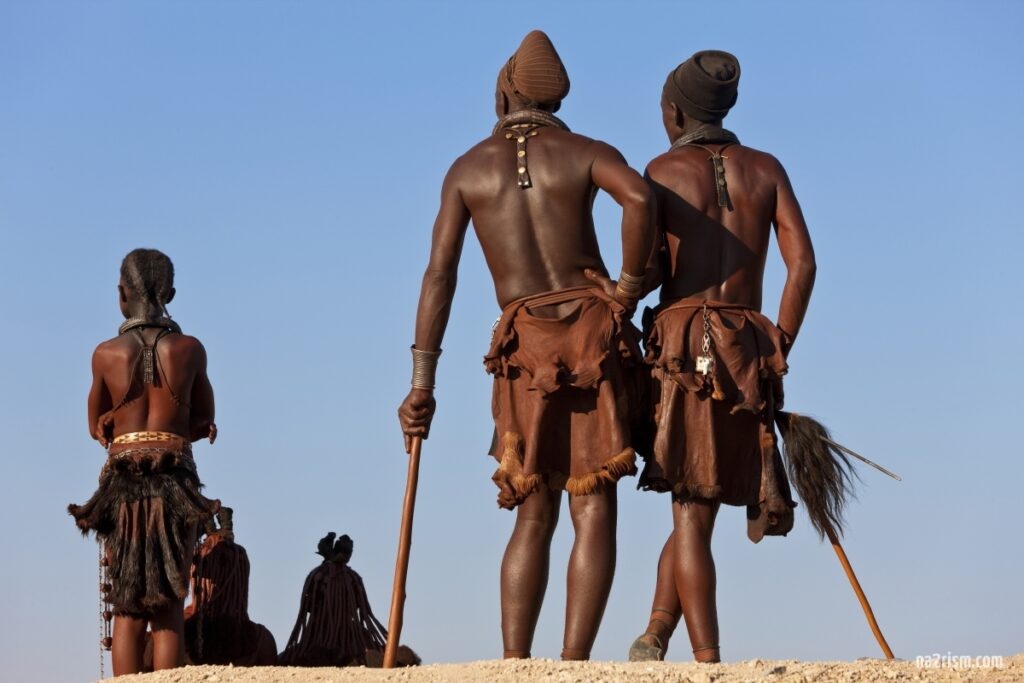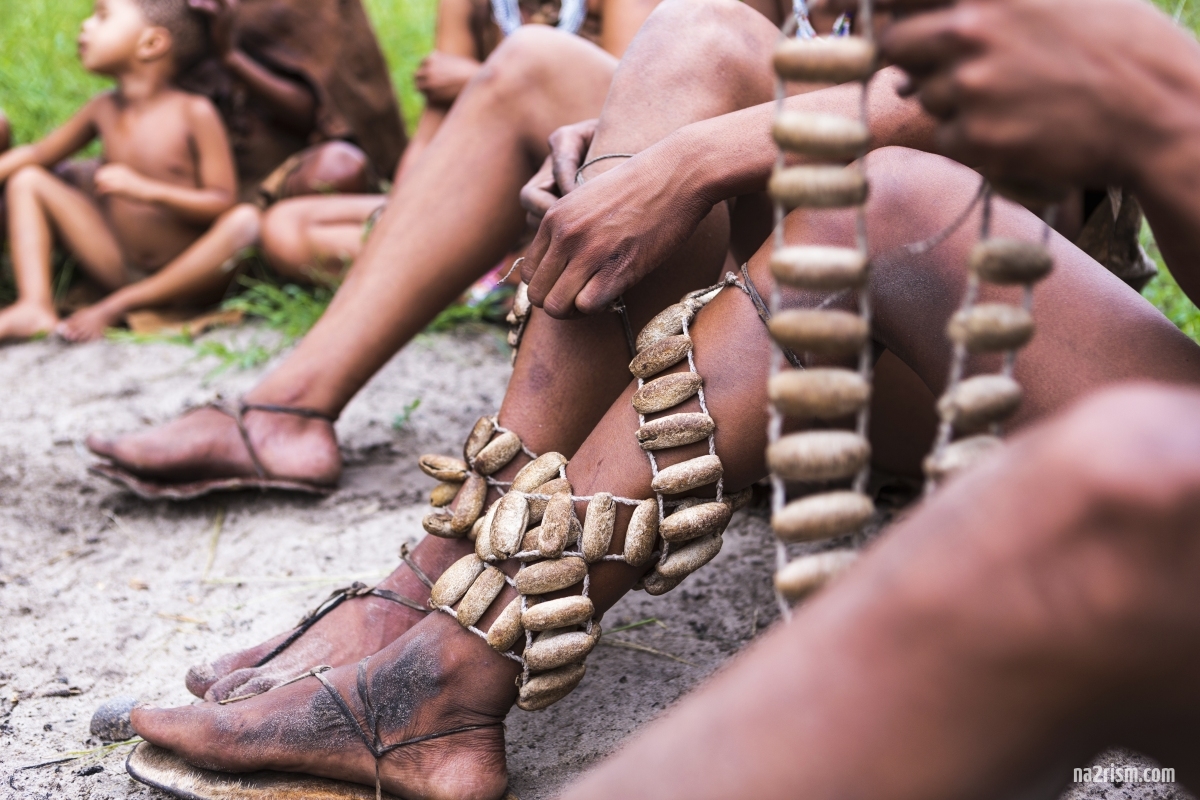Nudity, within the context of indigenous African cultures, has long been a natural and accepted part of life, carrying meanings that are often deeply rooted in the cultural, social, and spiritual fabric of these communities. Unlike the often sexualized or shame-associated perceptions of nudity found in many Western societies, indigenous African views on nudity are far more nuanced and integrated into the everyday lives of people across the continent. The understanding of nudity varies significantly from one community to another, reflecting the vast diversity of cultures and traditions that exist in Africa.
In many African societies, nudity has traditionally been associated with naturalness, practicality, and cultural identity rather than with notions of indecency or immodesty. The climate in many parts of Africa, particularly in regions with hot and arid conditions, made minimal clothing both practical and comfortable. Among tribes such as the Himba of Namibia, the Mursi of Ethiopia, and the Nuba of Sudan, traditional attire often leaves large parts of the body exposed. For these communities, nudity or semi-nudity is not seen as unusual or provocative but as a normal state of being that is aligned with their environment and way of life.

Moreover, in many indigenous African cultures, the body is considered a canvas for cultural expression, with nudity playing a central role in the display of identity and status. Body art, including scarification, tattooing, and painting, is widespread across the continent and serves various purposes, from marking rites of passage to signaling social status, tribal affiliation, or spiritual beliefs. The unclothed body in these contexts is far from being regarded as vulnerable or exposed; rather, it is seen as an integral part of the individual’s cultural and social identity. The Maasai people of Kenya and Tanzania, for instance, are known for their elaborate body adornments and minimal clothing, where the body itself becomes a symbol of pride and cultural continuity.
Nudity also holds significant spiritual and ritualistic importance in many African cultures. Among the Xhosa people of South Africa, the ritual of initiation into manhood involves young men living in seclusion, often wearing very little clothing, as they undergo circumcision and other rites of passage. This period of near nudity is seen as a time of transformation and purification, where the initiates are brought closer to their ancestors and the spiritual world. Similarly, in West African communities, nudity can be a part of religious ceremonies and dances, where the lack of clothing symbolizes a return to a pure, unadulterated state that is necessary for communion with the gods or spirits.
The perspective on nudity within these indigenous communities is also closely tied to their views on the human body as inherently sacred and connected to the earth and nature. For many African tribes, the body in its natural state is not something to be hidden or altered but rather something to be celebrated and adorned according to cultural norms. This stands in stark contrast to the Western concept of body image, where nudity is often associated with vulnerability, imperfection, or even taboo. In African traditions, the body is a gift from the ancestors, to be cared for and respected, and its natural form is seen as beautiful and worthy of display.
However, the arrival of European colonizers and missionaries brought a new set of values and beliefs that significantly impacted indigenous attitudes towards nudity. Colonial powers often viewed traditional African practices, including those related to dress and nudity, as primitive or immoral, leading to efforts to suppress these customs and impose Western clothing standards. Missionary activity, in particular, promoted the adoption of Western attire as a symbol of civilization and Christian modesty, often associating nudity with sin or backwardness. This external pressure led to a gradual shift in some communities, where traditional nudity became stigmatized or abandoned in favor of Western norms.
Despite these changes, many indigenous communities have managed to retain their traditional attitudes towards nudity, even as they navigate the complexities of modernity and globalization. In some regions, traditional dress and the associated cultural practices are preserved and even celebrated as symbols of resistance against colonial legacies and as assertions of cultural pride. The Himba people, for example, have largely maintained their traditional way of life, including their distinctive dress and body adornments, despite external pressures to conform to modern standards. Their continued adherence to these practices reflects a deep connection to their cultural heritage and a rejection of imposed norms.
In contemporary Africa, attitudes towards nudity are increasingly influenced by a blend of traditional values, modern influences, and global trends. Urbanization and globalization have brought about significant changes in dress codes and body perceptions, particularly in cities where Western clothing is the norm, and traditional practices are often viewed as outdated or inappropriate. However, there is also a growing movement among some African intellectuals, artists, and cultural leaders to reclaim and promote indigenous practices, including those related to nudity, as part of a broader effort to preserve and revitalize African cultural heritage.
This movement is evident in the resurgence of interest in traditional African art, dance, and rituals, where the human body in its natural state is celebrated as a source of strength, beauty, and spiritual power. For many contemporary African artists and cultural practitioners, nudity is not just a return to tradition but a powerful statement of identity and resistance against cultural homogenization. By embracing and showcasing the unclothed body in their work, they challenge the Western-influenced narratives that have long dominated discussions about African culture and seek to redefine the meanings of nudity in a way that is rooted in African values and experiences.
In conclusion, the attitudes towards nudity among indigenous peoples of Africa are deeply complex and multifaceted, shaped by a rich tapestry of cultural, social, and spiritual traditions. While these attitudes have been influenced and, in some cases, altered by external forces such as colonialism and globalization, many indigenous communities have retained their traditional views on nudity as a natural and meaningful aspect of life. As Africa continues to modernize and engage with the global community, the preservation and celebration of these indigenous attitudes towards nudity offer a powerful reminder of the continent’s cultural diversity and resilience. The enduring respect for the natural body, as seen through the lens of African indigenous practices, provides valuable insights into alternative ways of understanding nudity and the human form in a rapidly changing world.

